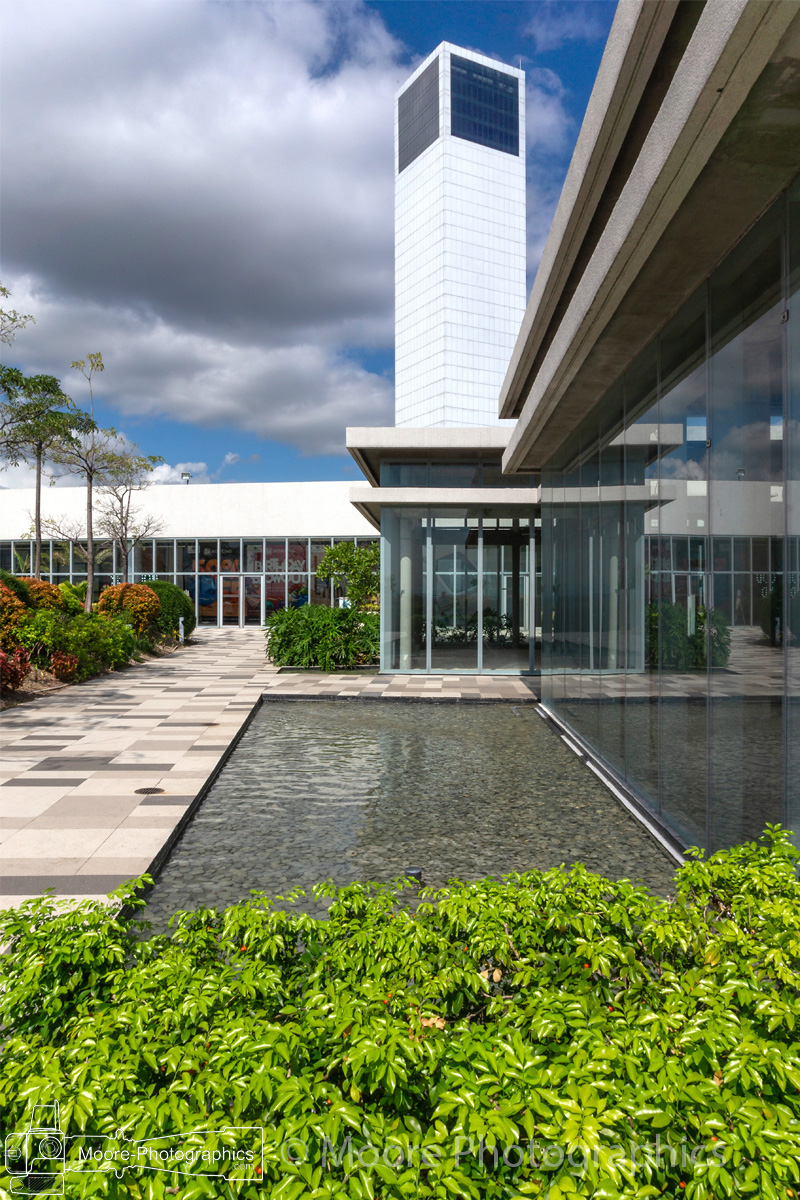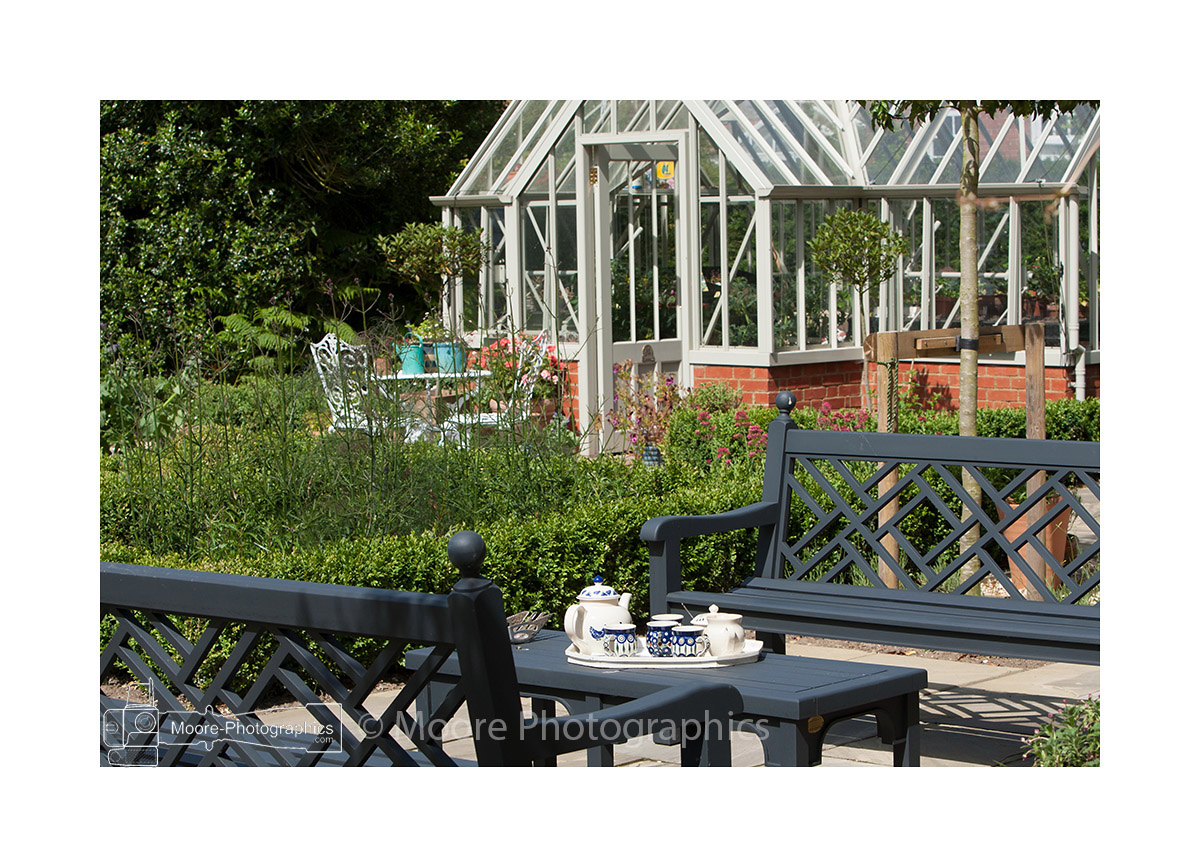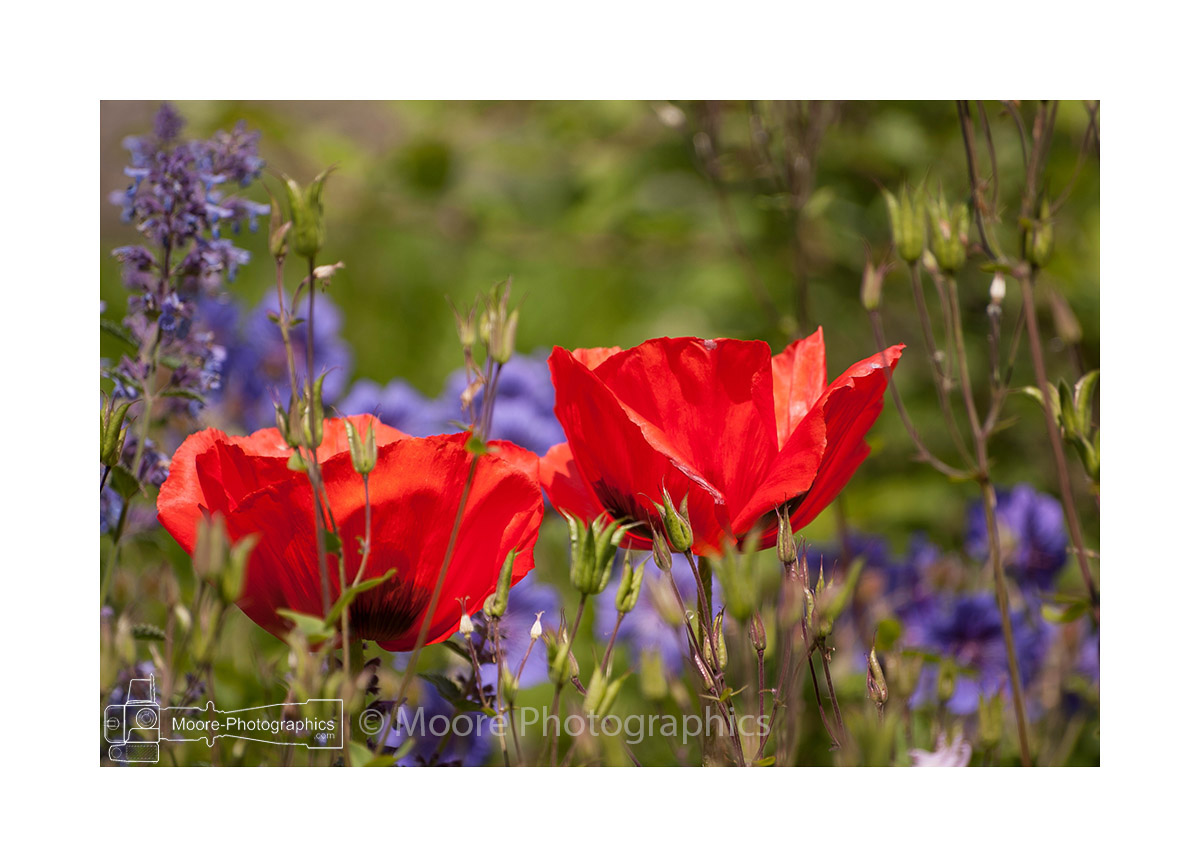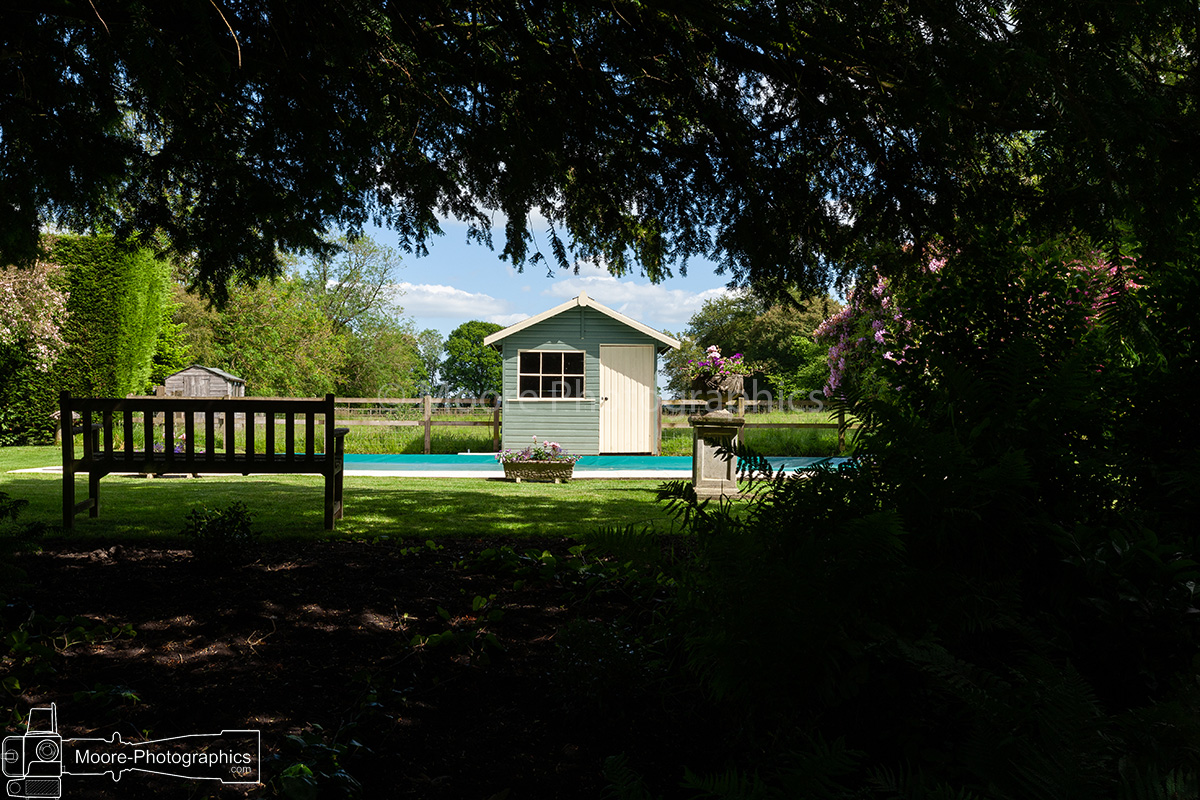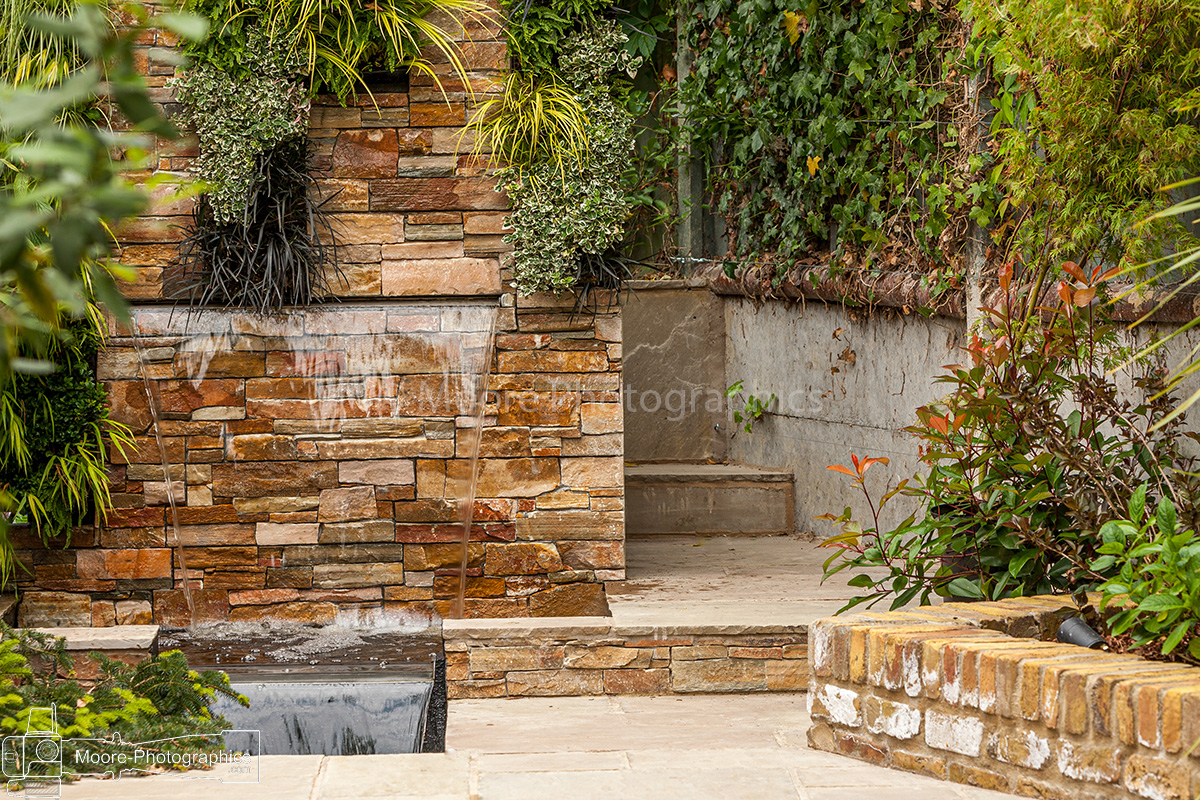Garden and Landscape photography is something I’ve not talked about for a while, but this is one of the photography disciplines I offer.
I work with garden designers, landscapers, landowners and venues to provide them with images that can be used in brochures, websites and PR coverage in magazines.
Therefore it’s important that I understand the brief before photographing – I need to know how the photography is going to be used and if it’s going to be used in a variety of ways.
If I’m photographing for magazines, then they may have an idea of the style or theme that they are planning. Also the format and mode of delivery may be very important as well as the size and quality of the image. Here are a few things I have to consider when working with this type of clients.
1 PLANNING – Unsurprisingly, photographing for landscape designers and groundwork companies requires plenty of location planning. Often the client will need a series of before and after photos. These are particularly useful for their website, and for them to show future clients who are interested in working with them. Quite often, the before photos are not as composed, which can make an area look worse than it is.
2 BEFORE, DURING AND AFTER – work in progress photos are also occasionally required. These are to show details of how the construction was designed and built in accordance to plans – which is important, in case the client changes their mind or says something wasn’t done as originally designed. Time lapse photography can be very useful for this form of reporting.
3. THE LIGHT – as with all photography, the sun plays a large part when photographing gardens, therefore a recce beforehand helps. I can plan the shots to know where the shadows will be cast at different times of the day. This is particularly important if there are a lot of trees in the garden, or a lot of foliage or buildings casting shadows. This is also very important when working on larger projects such as golf courses, hotels and conference centres, or business premises.
4. PREPARATION BY THE CLIENT – in all cases the landscape must to be prepared to achieve a high quality look. For example the grass must be cut unless it’s a wildflower meadow or long grass is relevant; hedges shaped and trimmed; flower beds tidy and in bloom; pathways brushed and water features clean and working. Not doing this and not paying attention to these kind of details will really matter when looking at the images. There’s only so much a photographer can do when it comes to the ‘look’ of the landscape.
5. PROPS – props on can be used to create different moods or themes and taking some time to consider this is very important. Examples of this might be to include tables and chairs can evoke a sense of tranquillity; a cottage garden could have table and chairs and a floral, china tea service; a modern house might have modern pottery; a potting-shed, might have a variety of different sized pots outside.
6 THE SEASON – the time of year is important, the most obvious being when flowers are in bloom, but also, images can be magical where snow, frosty mornings, sunsets and sunrises can bring out the magic of both the property and its landscape. Some clients will want images across all seasons so they can reflect time of year in their marketing – or they may have one season where they are very busy and they need to focus heavily on that time. Holiday properties are a good example of the kind of business where seasons can be key to attracting customers. Some may open all year round, some may not. Images can capture this.
Every project I work on is viewed as a unique challenge. The weather, time of day, size of garden, time of year all impact on planning – to ensure the highest quality images are captured.
Please take a look at my portfolio and get in touch if you’d be interested in having photos of yourself, your team or your products.

